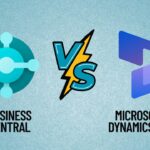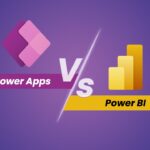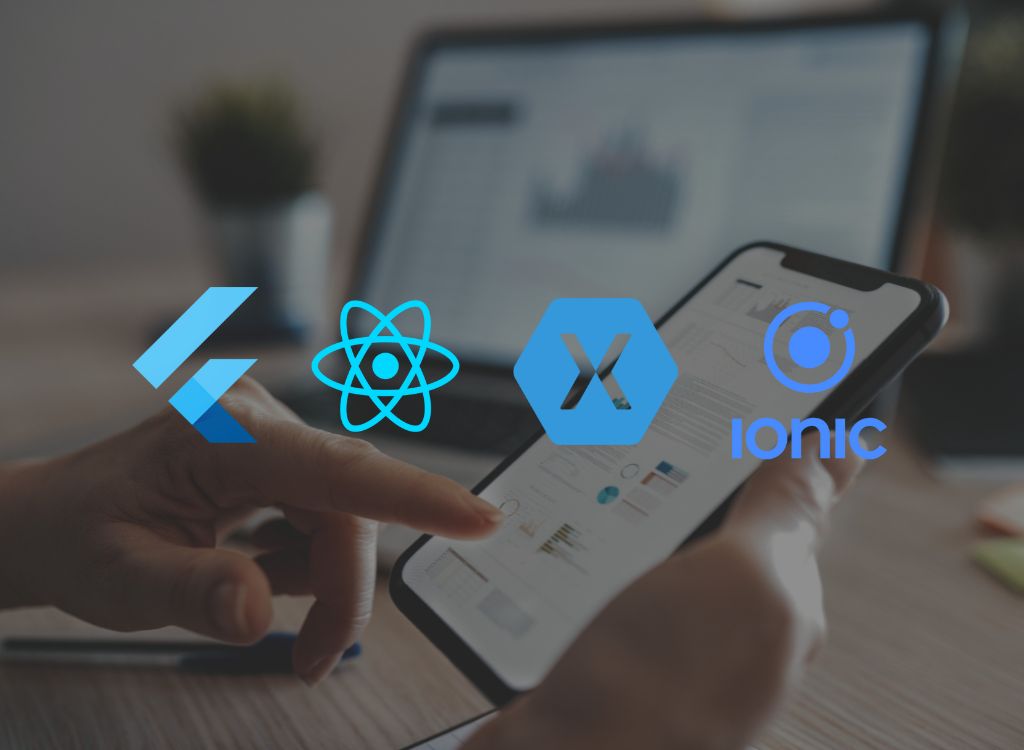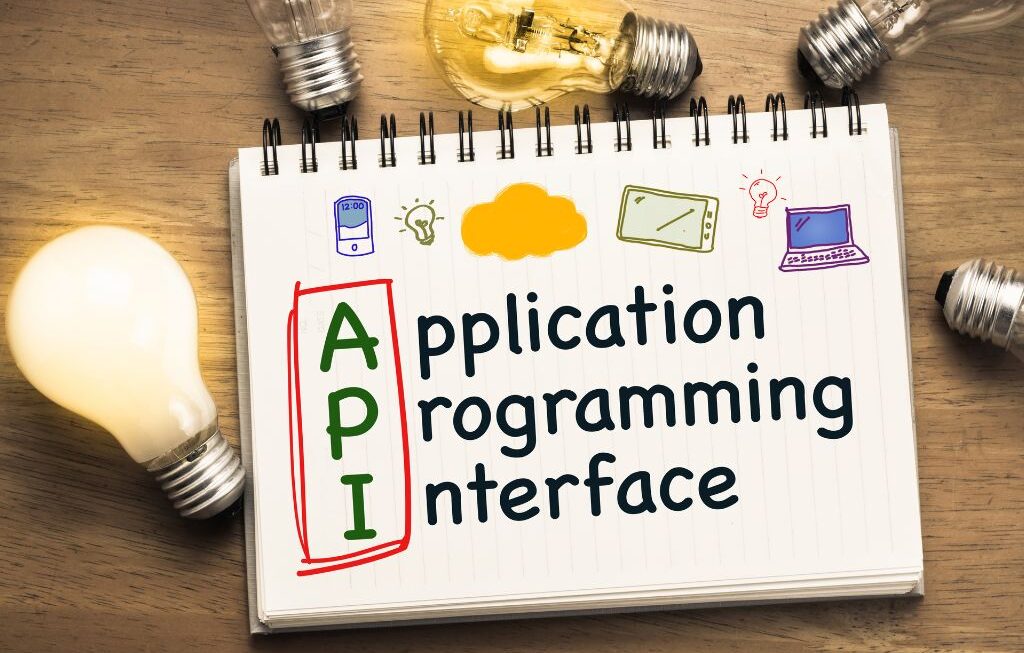In today’s tech-savvy world most of us begin our day with our mobile phones. The first thing which we see when we wake-up is our mobile. From playing our favorite music to ordering a meal to booking a cab, our life is dependent on mobile apps.
All of our lives rely on applications, don’t they?
And without hesitation, the response is YES! Have you ever considered the design of these mobile applications that greatly simplify our lives?
Some of the greatest frameworks for developing mobile apps are hidden behind your amazing user experience, working to provide you with everything you need with a few clicks!
Selecting the top frameworks for developing mobile apps is now a challenge. This blog post offers some of the best mobile app development frameworks to think about in 2025.
What is Mobile Application Development?
Over the past few years, there has been a notable shift in the creation of mobile applications. The businesses are making every effort to meet the demands of users and the latest technological advancements.
Any mobile application will have a great user interface and be simple and expressive. It’s all down to the mobile frameworks that are utilized to create these kinds of apps.
Ever pondered the definition of Mobile Application Framework?
The response is as follows: A platform called Mobile Application Framework gives you the tools, debuggers, compilers, and components you need to make your application simply.
Thus, developers use these platforms to write code, and frameworks make it an application for mobile platforms like iOS and Android, which lowers the cost of developing mobile apps.
Let’s examine the 2021 mobile app development framework data before talking about the best app dev framework to think about in 2025.
Statistics of Mobile App Development Framework
The mobile frameworks that developers utilized in 2021 are depicted in this graph. Based on the graph, we can conclude that Flutter is a highly well-known framework i.e. best app dev framework.
Types of Mobile App Frameworks
Among the digital devices that are available are Windows, iOS, and Android. There are many different sizes and shapes of mobile applications.
We’re not talking about certain app features like games or purchases. Nonetheless, there are three types of mobile apps that can be distinguished based on how they function on a smartphone.
Native Apps
They are made for particular operating systems, such Windows, iOS, and Android. Apps utilize the RAM, camera, GPS, and other features of the smartphone.
Web Apps
Software that is stored remotely and made available online through a browser interface is known as a Web application.
Popular web programs include weblogs, online commerce, auction sites, instant messaging apps, and emails.
Hybrid Apps
Applications that start on a smartphone in the same manner as all other apps are known as hybrid apps. They differ in that hybrids incorporate elements from web apps and native app functionalities. These apps are frequently made using the aforementioned frameworks.
- Native app framework
- Hybrid app framework
The best programs in terms of both usefulness and appearance are native apps.
The cost of developing native applications is higher, though. Furthermore, the range of platforms and devices accessible may make it challenging to achieve the highest level of client involvement. An application development company may opt for hybrid or cross-platform application development technologies when cost and customer volume are the main objectives.
List of Top Mobile App Development Frameworks in 2025
Some contemporary frameworks for developing mobile apps are listed below. Both iOS and Android users may find these to be quite beneficial.
React Native
Facebook created and maintains React Native, a user-friendly, cross-platform framework for developing applications that has swiftly emerged as programmers’ go-to choice. Mobile application development for iOS and Android is made easier using React Native.
React Native apps from well-known companies like Tesla, Airbnb, Skype, and Amazon Prime are the best examples. One of the top frameworks for developing mobile apps is React Native.
It makes it possible to create platform-specific versions of many features, making it simple to use a single codebase on all platforms. The operation codes are almost the same as those for Respond. with the exception that React Native won’t use the Virtual DOM to alter the DOM.
Through serialized data across an asynchronous and batched bridge, it communicates with the native platform and diagnoses the JavaScript written by the developers directly on the end device.
Because it doesn’t use HTML or CSS, the React Native design features a syntax similar to CSS. Native views are exploited through the messages sent by the JavaScript thread.
When working with React Native, developers must create native code with precision. They must make advantage of the targeted platform’s languages. These platforms and languages include C++ or WinRT or C# for Windows 10, Objective-C or Swift for iOS, and Java or Kotlin for Android. Additionally, Microsoft develops and maintains React Native for macOS and Windows.
React Native’s main selling point is its ability to facilitate faster development and deployment. Other significant features of React Native include component-based GUI development for front-end applications, reusable parts, and integration with third-party extensions.
Features of React Native
- Exceptional performance
- Compatibility with third-party extensions
- Components that can be reused
Flutter
Often known as the best mobile app development framework. With a straightforward codebase, you can create native Android and iOS applications using Google’s Flutter framework, which is open and free.
Because it uses a unique approach to producing native-like apps, it is a groundbreaking SDK for cross-platform application development. It is the most reliable and unmatched smartphone UI framework for creating visually appealing apps quickly.
Flutter is a complete and accurate framework that includes resources to help developers create and implement stunning mobile applications, as well as widgets, a rendering engine, and debugging and integrating APIs.
Several well-known companies, such as Google and Abbey Road Studios, have used Flutter. You can always count of best flutter app development company to learn more.
Flutter’s features include
- Quicker development.
- Cross-platform.
- Images that are both pleasing and captivating.
- A somewhat comparable performance to that of Native
Xamarin
Alternative cross-platform application development frameworks for creating iOS and Android apps include Xamarin.
The applications require less code because they use the C# programming language. This leads to a faster coding procedure. Additionally, it enables us to quickly move the scripts between Windows and macOS, among other systems.
Xamarin, has been purchased by Microsoft. You might think that because app development is so much faster these days, quality and construction must be sacrificed in the process. On the other hand, apps built using Xamarin offer complete native functionality in terms of effectiveness and quality.
Its integration with Microsoft Visual Studio is hence advantageous for productivity and app development management.
The relationship between the standard code and the core system code is managed by an intermediary layer in Xamarin.
Programmers can create an environment with APIs, backends, components, and more by using tools, frameworks, and computer languages supported by an active community.
Xamarin’s features include
- Quick Progress
- The look and feel of a native application
- Adaptability to a range of gadgets
Swiftic
Swiftic is a platform for DIY mobile apps that aims to make it simple for anyone to create original apps for their business.
By enabling programmers to include existing content from the internet instead of beginning from scratch, it streamlines the process of developing apps.
It is one of the most flexible frameworks for developing mobile applications because it provides a fairly seamless user experience, specialized banking, and simple tactics.
The framework incorporates push alerts, app advertising, social media platform feeds, and other technical advancements. Because it lets you create, deploy, and grow your app all from a single control panel, it’s one of the most straightforward mobile app development alternatives.
Features of Swiftic-
- Programs offering a money-back guarantee for 30 days
- Navigation and interaction are easy.
- Robust integration with other parties
Ionic
Ionic is a clear framework for creating cross-platform mobile apps, hybrid apps, and Progressive Web Apps (PWAs).
Ionic is a user-friendly framework that combines Angular and Apache Cordova (PhoneGap) to let programmers construct iOS and Android apps that function together effortlessly.
The framework helps developers make native apps that are reliable and packed with features. Ionic’s most notable feature is that it enables programmers to use a variety of user interface (UI) components within the application framework, such as views, inputs, filtration, actions sheets, and simple navigation.
Ionic’s features include
- The ability to construct apps for a variety of platforms.
- There is consistency in the user interface.
- Improved efficiency.
- The flexibility of the user
Apache Cordova
Previously known as PhoneGap, Apache Cordova is a well-liked framework for developing developer-friendly applications.
Using CSS3, HTML5, and JavaScript, this cross-platform application development framework creates mobile applications. With the help of the Cordova plugins, programmers can leverage the accelerometer, GPS, and cameras found in smartphones to provide a native-like interface.
A faster production method using a single code and a third-party application management tool are two of Apache Cordova’s key features.
The characteristics of PhoneGap
- One code source
- Simplifying the process of development
- App management methods from third parties
jQuery Mobile
A precise cross-platform framework for creating mobile apps, jQuery Mobile facilitates the creation of applications that are explicitly platform agnostic.
Using JavaScript and HTML, this specific framework is used to create flexible online portals that work on several platforms, including PCs, tablets, and smartphones.
jQuery offers highly adjustable themes for online and mobile apps by utilizing the Theme Roller and the HTML5-based basis. There are two versions of jQuery Mobile: a stable version and a customized framework.
Features of jQuery–
- Include compatibility with PhoneGap and other frameworks for developing mobile apps.
- The size is constrained.
- The compatibility of PI is both complete and simple.
Native Scripts
With the help of Angular, Typescript, JavaScript, CSS, and Vue.js, Native Script is an accurate open-source framework for creating native mobile applications.
Progress was responsible for its design and development. Using the package manager npm, NativeScript and all required plugins are installed.
The control line or a graphical user interface (GUI) tool called NativeScript Sidekick are used to create, configure, and collect tasks.
XML files are used to define platform-independent user interfaces. The native UI elements of each platform are then called by NativeScript using the inferences represented in the XML files.
It is also possible to construct application logic with TypeScript and Angular that is not dependent on the target platform. A framework for developing native mobile apps is created by utilizing the node.js runtime and its associated tools.
Features of Native Script:
- Native user interface without Web Views
- Complete and direct access to the APIs for iOS and Android
- Cross-platform software
- Mission-critical business support
- Strong backend assistance
Sencha Ext JS
A cross-platform framework for mobile development is Sencha Ext JS. Previously called Sencha, it was merged with Ext JS to become Sencha Ext JS. Jack Slocum created it as a YUI add-on library attachment.
This JavaScript framework can be used to develop data-intensive mobile and online applications. More than 115 pre-integrated, powerful UI elements are available in Ext JS.
The HTML5 calendar, pivot grid, grids, trees, D3 adapter, toolbars, windows, panels, and more are some of the components and elements. Hundreds of users addons are also available for Sencha.
In order to style the elements, Sencha also provides certain themes. When a theme is changed, the theme’s CSS and script must also be changed.
It may be necessary to re-build the program when using Sencha CMD. There are two varieties of Ext JS: the traditional toolkit and the contemporary toolkit. There are various API differences between them in addition to differences in the themes that are accessible.
Sencha Ext JS features include:
- It is possible to handle millions of data.
- Strong data analytics
- System of adjustable layout
- Presentation of data graphically
- Package of advanced data-steered documents (D3)
Onsen UI
When it comes to creating complex mobile applications, Onsen UI is regarded as the most efficient tool. It is among the top and most advanced technologies for creating mobile applications.
With JavaScript, HTML, and CSS, the technologies used to develop mobile apps produce stunning HTML applications. Additionally, it supports Reacts, Vue, Angular JS1, and Angular 2+ libraries.
Depending on the platform, this platform is capable of creating apps. Tabs, stack navigation, lists, forms, and other UI elements are all part of its collection.
Onsen UI has become JavaScript framework-agnostic with version 2, allowing developers to create mobile applications using or without a JavaScript framework.
An open-source framework called Onsen UI makes it simple to create hybrid apps and Progressive Web Apps (PWAs) that seem native.
You may utilize the fundamental archive with your preferred framework and its tools because it is written entirely in JavaScript and is context agnostic. Because the mechanisms can be auto-styled according to the platform, the same source code can be used to support both iOS and Android.
Features of Onsen UI:
- Easy to use and understand
- Development that is economical and time-efficient
- Clearly defined grid structure, rotation, and gesture recognition
- No setup time
Wrapping Up
Frameworks like Flutter, React Native, and Xamarin are leading the way in 2025 as the mobile app development industry continues to change.
Partnering with experienced Flutter development company can be advantageous. Selecting the appropriate framework is essential and should be in line with the project’s particular objectives and limitations.
.Working with professional development firms can help improve the application’s quality and effectiveness even further, guaranteeing that it achieves the intended goals and offers an exceptional user experience.
Looking for the Best Mobile App Development Framework for Your Project?
Mobile app development companies are specialize in Flutter app development and other leading mobile app development frameworks to create high-performance, scalable, and user-friendly applications.
Our skilled developers can assist you in selecting the ideal app development framework to meet your business objectives, whether you require a cross-platform application or a specially designed mobile solution.
Let’s build something amazing together!














